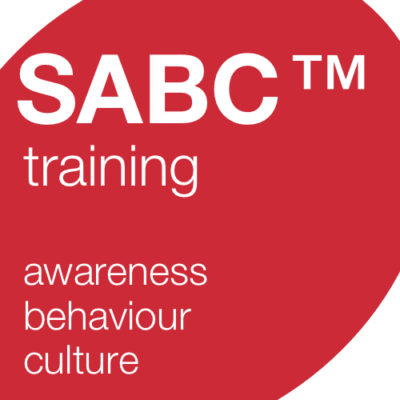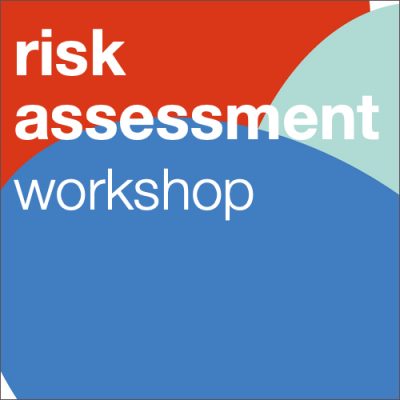“The single biggest problem in communication is the illusion that it has taken place.”
George Bernard Shaw’s pithy aside is good for many an occasion, and certainly a witticism worth bearing in mind when it comes to writing a brief for a marketing agency or copywriter — a poisoned chalice that many a reluctant CIO or CISO wanting to communicate change has been forced to pick up.
Fail in this task, and you unintentionally misdirect your agency, something that will cost you time, money and possibly your relationship with them.
How do you ‘nail them’ as they say in all the best television talent shows so your marketing agency gives you what you need first time out?
First, see marketing briefs for what they are, a means to set out your hopes so others understand them.
The briefing documents used to do this are all much of a muchness. Plagiarised constantly with one often just turned in a pale copy of another. However, just to confuse things, some agencies dress them up with ‘new thinking’. But don’t be fooled into thinking that what you’ve been given is the Holy Grail or that it’s fit for purpose. Many aren’t.
Answer these key questions
Don’t get embroiled in the intricacies of the briefing document the minute you’re given it. Instead, do some ‘pre-flight thinking’ before putting pen to paper, or fingers to keypad, about some very basic questions.
- What do you want to happen? Answer this, and you will be setting out your current situation and how you want things to change. This is the big picture description of the problem you are facing (there must be one, otherwise why do this), and your goals and objectives. And be clear about what you want. If you want to raise awareness to bring about behavioural change state this explicitly so your agency knows exactly what you are looking to achieve.
- Why do you want this to happen? In other words, what’s your strategic rationale for doing what you want to do? You probably think this self-evident, but don’t make presumptions. A little more deep thought could result in new insights.
- What do we have to do differently to make that happen? What has to change to create this new reality? You may have a good idea already, but if not, then your agency could take the strategic lead on this. If they do, expect them to come back with a range of constructive options.
- How do we want to do this? What are the communication or marketing vehicles you are going to use for raising security awareness and influencing positive security behaviours and why? How are messages to be conveyed and to whom? And what is going to be their tone? Tell the agency what you like and don’t, and if you want a ‘reinvented’ approach, again get their creative input. Don’t be afraid to test the agency’s thinking during your discussions with them. Why, for instance, are they suggesting one course of action in preference to another?
- What will stop you doing what you want to do? As life’s rarely easy, there are bound to be obstacles on this communications road trip. So where are the potholes and how are you going to get around or over them?
- How will you know that you have done what you wanted to do? This is the key question that defines your success. So, what quantitative and qualitative measures will you use for assessment?
- When do you want all this done by? Be realistic. Unless you really do need to fire fight, establish realistic guidelines your agency can adhere to without unduly compromising quality or results.
- How much do you want to spend? If they know what is in the kitty, your agency can put together an achievable programme of work. Don’t think you’re cute by not even giving them a ballpark figure.
- Filling in the details You will almost certainly have to slice and dice your answers to fit the format of the brief. Make sure you include plenty of facts. And use clear language, jargon is unhelpful and could be misunderstood.
Get input as you go from others and make sure that everyone understands what your answers mean. When the agency comes back with their solution is not the time to find out your team weren’t all on the same page.
Give the agency more reference material than they need, as you never know what will spark the idea that comes good.
Now you can start filling in your marketing brief, confident that when you have finished you won’t be giving your agency a dodgy dossier, but a document for creating good work.
And then you can sit back and wait to see if they have met your carefully crafted and well-thought through brief – which is of course another story.
If you are looking to communicate with your employees more effectively, why not talk to Marmalade Box. The unique model we have developed for changing change behaviour within organisations through better communication is both tried and tested and back by extensive research.
Why not find out what we can do for you.




